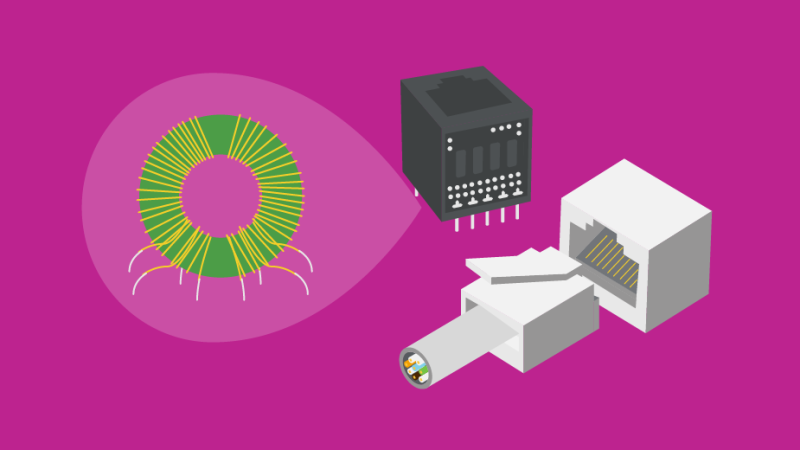Euphoria and Glee: A Comparative Analysis
Introduction
In the landscape of contemporary television, “Euphoria” and “Glee” stand out as two distinctly impactful series. Despite both being celebrated for their unique approaches to storytelling and character development, the two shows occupy vastly different thematic and tonal spaces. This analysis delves into the characteristics, cultural impact, and viewer reception of each series to highlight their contrasts and shared elements.
“Euphoria”: A Raw Exploration of Youth
Themes and Narrative Style
“Euphoria,” created by Sam Levinson, is known for its unflinching portrayal of teenage life, diving into themes of addiction, identity, and mental health. The series follows Rue Bennett, played by Zendaya, as she navigates the turbulent waters of high school and substance abuse. Unlike traditional teen dramas, “Euphoria” employs a visceral and often surreal visual style to reflect the intense emotions and chaotic experiences of its characters.
The narrative is non-linear and fragmented, mirroring the disjointed and often tumultuous nature of adolescent life. This approach allows viewers to experience the protagonist’s emotional state more deeply, providing a raw and immersive look at the struggles faced by the youth.
Visual and Auditory Aesthetics
“Euphoria” is distinguished by its striking visual and auditory aesthetics. The show utilizes bold, neon-infused color palettes and dynamic camera work to create a dream-like atmosphere that enhances its exploration of mental and emotional states. Its soundtrack, featuring a mix of contemporary hits and evocative tracks, plays a crucial role in setting the tone and deepening the emotional impact of the scenes.
Cultural Impact and Reception
The cultural impact of “Euphoria” has been significant, particularly among younger audiences. It has sparked discussions about mental health, substance abuse, and the pressures of modern adolescence. Zendaya’s portrayal of Rue has been widely praised for its depth and authenticity, earning her critical acclaim and further solidifying the show’s place in contemporary television.
“Glee”: A Celebration of Music and Diversity
Themes and Narrative Style
“Glee,” created by Ryan Murphy, Brad Falchuk, and Ian Brennan, presents a stark contrast to “Euphoria” with its upbeat and often lighthearted approach. The series centers around a high school glee club and explores themes of acceptance, diversity, and personal growth through its musical performances. The narrative follows a diverse cast of characters, each grappling with their own issues while coming together through their shared love of music.
The storytelling in “Glee” is more conventional and optimistic compared to “Euphoria.” It utilizes the structure of musical numbers to advance the plot and develop characters, offering a celebratory take on the highs and lows of teenage life.
Musical and Visual Appeal
Musically, “Glee” is renowned for its elaborate and energetic performances. The show’s success in reviving popular songs and introducing new audiences to various musical genres was a key element of its appeal. The use of music as a narrative device allows characters to express their emotions and resolve conflicts in a unique and engaging way.
Visually, “Glee” adopts a vibrant and polished aesthetic that complements its musical and comedic elements. The show’s bright colors and dynamic choreography contribute to its feel-good atmosphere, creating an enjoyable viewing experience that contrasts sharply with the more somber tone of “Euphoria.”
Cultural Impact and Reception
“Glee” had a profound impact on popular culture, particularly in its role in mainstreaming musical theatre and diverse representation on television. The show’s embrace of LGBTQ+ characters and storylines was groundbreaking for its time, contributing to broader conversations about representation and inclusivity in media.
The series also played a significant role in the revival of musical genres and had a considerable influence on the popularity of musical performances on television. However, “Glee” faced criticism over its handling of certain storylines and its portrayal of complex issues, which some viewers felt were oversimplified or stereotypical.
Conclusion
While “Euphoria” and “Glee” are both influential in their own right, they represent vastly different approaches to storytelling and thematic exploration. “Euphoria” offers a raw and immersive look at the struggles of modern adolescence, utilizing a distinct visual and auditory style to convey its themes. In contrast, “Glee” provides a celebratory and musical take on high school life, emphasizing positivity and diversity through its performances.
Both series have left lasting impressions on their audiences and have contributed significantly to the landscape of contemporary television. Their differing approaches highlight the versatility of the medium and the diverse ways in which television can explore and represent the human experience.
FAQs on “Euphoria” and “Glee”
Q1: What are the main themes explored in “Euphoria”?
A1: “Euphoria,” created by Sam Levinson, explores themes such as addiction, mental health, identity, and the challenges of modern adolescence. The show offers a raw and unfiltered look at the struggles faced by its characters, particularly focusing on substance abuse, self-discovery, and the pressures of social media. Its non-linear narrative and striking visual style enhance the depiction of these intense themes.
Q2: How did “Glee” impact popular culture?
A2: “Glee,” created by Ryan Murphy, Brad Falchuk, and Ian Brennan, had a significant impact on popular culture by popularizing musical theatre on television and highlighting diverse representation. The show’s vibrant performances and focus on inclusivity brought various musical genres to a mainstream audience and fostered discussions about acceptance and LGBTQ+ representation. It also played a role in reviving interest in musical performances and had a lasting influence on the portrayal of high school life in media.





